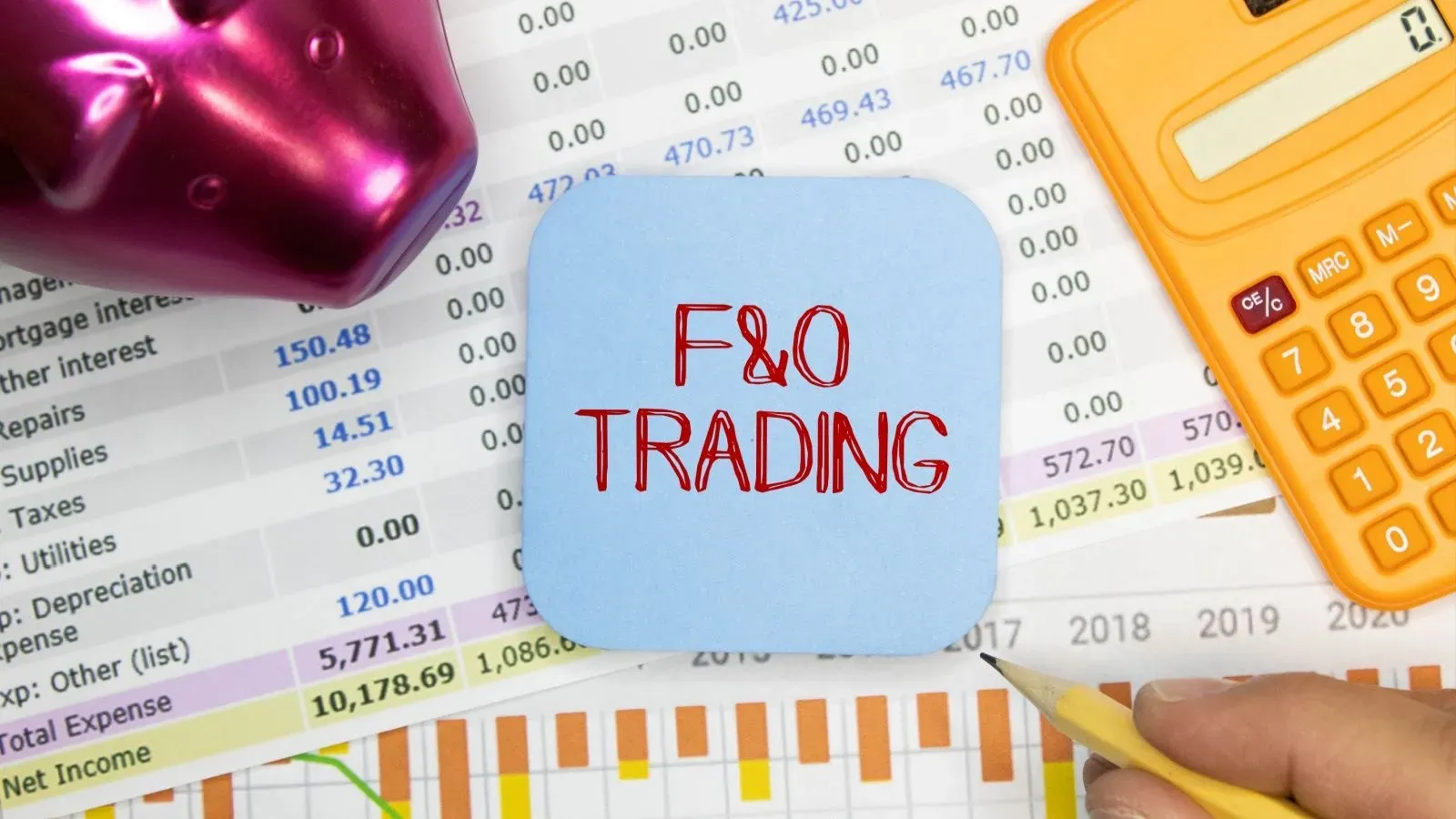What is a bond option?
Written by Upstox Desk
Published on July 31, 2025 | 4 min read

Bond meaning
Bonds are debt instruments used by the Government or companies to raise money for a set period of time, in exchange for regular interest payments. Once the bond reaches maturity, the bond issuer returns the money to the investors.
Ananya lends to her friend Ishant ₹2 lakhs @ 10% interest for a period of 2 years as Ishant needs to buy a new laptop. Ishant will be able to return the principal amount of ₹ 2 lakhs to Ananya only after 2 years. So Ishant pays her annualized interest of 10% on the principal amount every year. This is Ananya's incentive for providing the loan. This is exactly how a bond works.
Options meaning
Options are derivatives instruments that enable the buyer (holder or owner) of the security to buy or sell the underlying asset. For the buyer, the right to buy or sell is without any obligation. The seller of the option is, however, obligated to buy or sell, should the buyer exercise his or her right.
Bond Options meaning
A Bond option is a derivative contract that enables the buyer (holder or owner) of the option the right to buy or sell the underlying bonds at a specific time and at a set price.
Types of Bond Options
-
Call Option Bonds
-
A bond call option is a derivatives contract that allows the buyer to benefit from an up move in the underlying.
-
A bond call option buyer has the right to buy the underlying bond at a predetermined price, at a predetermined time.
-
Similarly, the bond call option seller has an obligation to sell the aforementioned bond at the predetermined strike price when the buyer of the bond call option chooses to exercise this option.
-
A bond call option is profitable when it is in-the-money i.e. if the strike price is lower than the current market price of the underlying bond.
-
Bond Put Options
-
A bond put option is a derivatives contract that allows the buyer to benefit from a decline in the value of the underlying.
-
A bond put option buyer has the right to sell the underlying bond at a predetermined price, at a predetermined time.
-
Similarly, the bond put option seller has an obligation to buy the aforementioned bond at the predetermined strike price when the buyer of the put bond option chooses to exercise this option.
-
A bond put option is profitable when it is in-the-money i.e. if the strike price is higher than the current market price of the underlying bond.
Peculiar features of Bonds
-
Lock-in period
Bonds are usually long term debt instruments and the returns are accrued till maturity. So to safeguard the interest of both the parties, a lock-in period is established. For instance, the lock-in period of a 10 year bond is 5 years. So the investor will receive returns for this duration as well as the company is assured that they can use this capital without worrying.
-
Callable and Puttable Bond Options
Callable bond is a feature of bond options. With callable bonds, the issuer has the choice to repay investors the face value of the bond before the maturity date. With puttable bond, the holder has the right to demand the principal back from the issuer by surrendering the bond.
Bond Options example
Treasury Bills and Government Bonds are the underlying securities on which bond options are traded.
Bond options are traded over-the-counter by institutional investors and HNIs (High Networth Individuals).
Bond Options pricing
Bond options pricing is dependent on multiple variables such as the spot price, interest rate on coupons, convexity and yields and discounted future value of a bond, volatility levels, and time to expiration etc.
Advantages of Bond options
-
Portfolio balancing
Bond options are short to medium dated derivative instruments that can be used to hedge bond portfolio against unexpected rise in lending rates and safeguard against low liquidity arising out of higher interest rates
-
Higher return potential
Since bond options are leveraged products the return potential is disproportionately higher to the assumed risk.
Disadvantages of Bond options
-
Traded over-the-counter
It is difficult to exit the position as OTC markets are narrow and illiquid. Besides these factors, there is also an issue of finding the right counterparty for offloading the positions.
-
Huge Capital Requirement
Bond Options are capital intensive. The large size of contract value makes it conducive only for banks and large institutions to trade them.
About Author
Upstox Desk
Upstox Desk
Team of expert writers dedicated to providing insightful and comprehensive coverage on stock markets, economic trends, commodities, business developments, and personal finance. With a passion for delivering valuable information, the team strives to keep readers informed about the latest trends and developments in the financial world.
Read more from UpstoxUpstox is a leading Indian financial services company that offers online trading and investment services in stocks, commodities, currencies, mutual funds, and more. Founded in 2009 and headquartered in Mumbai, Upstox is backed by prominent investors including Ratan Tata, Tiger Global, and Kalaari Capital. It operates under RKSV Securities and is registered with SEBI, NSE, BSE, and other regulatory bodies, ensuring secure and compliant trading experiences.





















